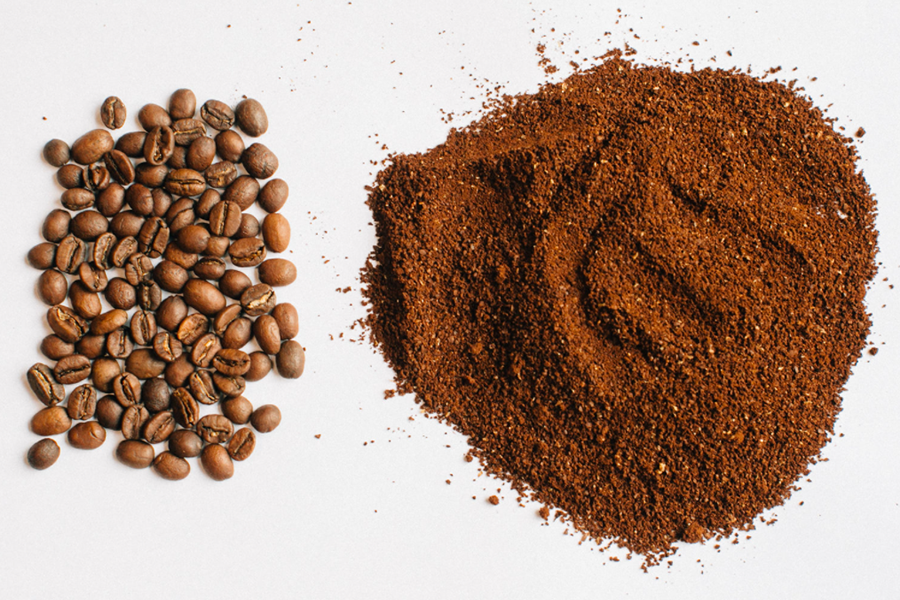coffee knowledge
How does coffee get its flavour notes?
Understanding the complexities of coffee flavours takes years of tastings and study. Learning how a coffee bean develops its flavour notes is the first step in that journey. Not unlike wine, developing your palate to pick out these subtle notes in your coffee is the result of intentional tasting. We believe that knowing where your beans come from helps you to better distinguish the subtleties that make up a cup. Here we explore what factors impact the tasting profile of a coffee.
The Farming Process
The Terroir
This is the first piece that gives our coffee its flavour. The geography and the land the seeds are planted contribute to the foundational flavours. Agricultural building blocks such as the composition of the water and soil have tremendous importance. But other geographic factors such as precipitation, temperature, elevation, shade, and sun all play a crucial role.
How it’s Cultivated
As with all farming, the fertilization process is integral. Nutritional compounds such as organic or biodynamic nutrients also affect the coffee notes. This also includes the usage (or lack of) pesticides, herbicides, and fungicides.
The Varietal
Coffee has hundreds of varieties. And each of these has its own set of unique characteristics, like aroma, body, and acidity. These characteristics, combined with the terroir and cultivation, deliver the start of the coffee bean’s features.
Processing the Beans
Harvesting
The harvesting process is a critical step in the growth of the coffee bean. Because coffee is a fruit, we want to harvest the beans when they are perfectly ripe and as a result, specialty graded coffees are often handpicked. When properly grown and harvested, ripe coffee will be sweeter, cleaner, and smoother.
Processing
This is arguably the biggest factor in determining a bean’s flavour notes. There are three main techniques used to process the coffee. Although each of them has its benefits and drawbacks, the end result of each method is a distinct tasting profile.
Drying
As with any craft, drying the beans requires a balanced approach. Too hot and fast, and the coffee tends to have a woody, papery flavour. Too slow and incomplete, and the result is a mouldy or stale taste.
Storage
When properly dried, that is to say slowly and evenly, coffee can last upwards of 14 months in storage with little to no loss of quality or freshness. However, if the storage conditions are poor, the flavours will start to dissipate. The longer the beans sit in storage, the more the acidity will change and the muskier the flavours will become. The age of coffee can have dramatic results on the cup.
Serving Preparations
Roasting
Roasting coffee beans is both an art and a science. And how each Roaster prepares their beans are as varied as they come. It will enhance the desirable intrinsic features, whether it be sweetness, intensity, or acidity, of the coffee. Ultimately, roasting will determine whether you taste toffee or peaches from the exact same bag of coffee.
Brewing
Lastly, your chosen brewing method will influence the quality and attributes of your cup. From the grind (size + consistency) to the water (temperature + pH), and the pressure and the time, each brew shapes the flavour profile. Although there are too many variables that go into this final piece to list here, tinkering with the brewing process can make a world of difference.
Flavour Notes Come From The Entire Journey
Coffee can have many different inherent flavours based on where and when it’s grown, how it’s processed, how it’s roasted, and how it’s brewed. Each leg in the coffee bean’s long journey from farm to cup is vital in shaping its flavour notes.

